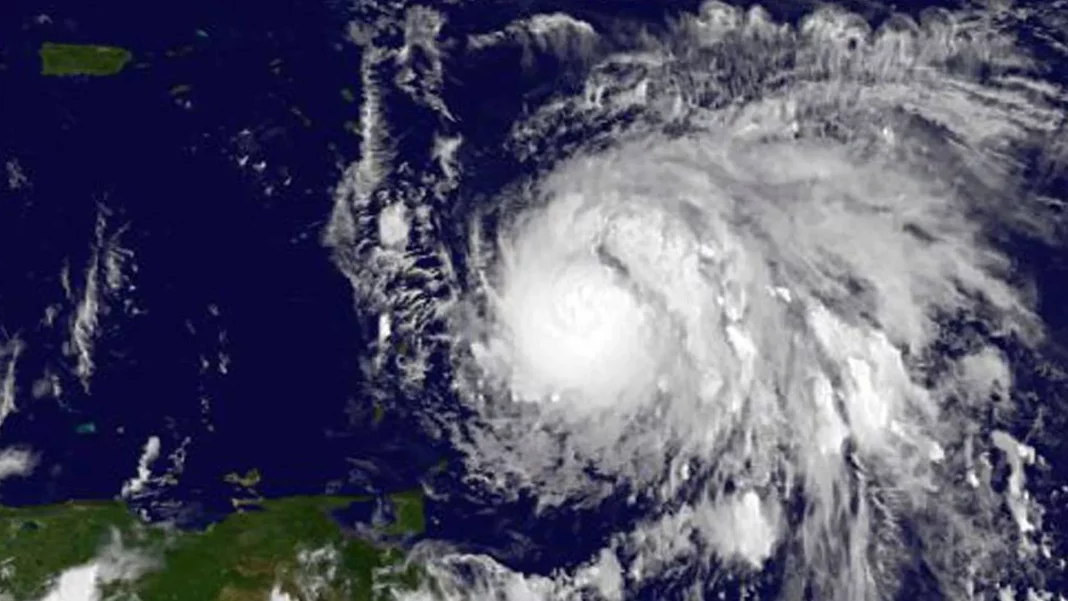Formation and Rapid Intensification:
Hurricane Maria originated from a tropical wave that gained strength over warm waters in the Atlantic Ocean. It quickly intensified into a hurricane and, by the time it reached the Caribbean, had grown into a Category 5 hurricane with sustained winds exceeding 175 mph.
Devastation of Dominica and the Caribbean:
Hurricane Maria first made landfall on the island of Dominica on September 18, 2017, with catastrophic force. The storm’s powerful winds and heavy rainfall caused extensive damage to infrastructure, homes, and natural landscapes. Several other Caribbean islands, including Puerto Rico, also felt the storm’s impact.
Impact on Puerto Rico:
One of the most significant chapters in Hurricane Maria’s story was its direct hit on Puerto Rico. The island, already grappling with economic challenges, faced unparalleled devastation. The hurricane’s ferocious winds, torrential rain, and subsequent flooding caused widespread power outages, disrupted communication, and damaged critical infrastructure.
Humanitarian Crisis and Response Efforts:
In the aftermath of Hurricane Maria, Puerto Rico faced a humanitarian crisis as residents struggled to access essential services, clean water, food, and medical care. The U.S. government and various aid organizations launched response efforts to deliver supplies and provide assistance. However, challenges in distributing aid highlighted the difficulties of responding to large-scale disasters.
Long-Term Recovery and Resilience:
The recovery process following Hurricane Maria was a prolonged and arduous journey. Puerto Rico’s infrastructure, including its power grid, faced significant challenges. Communities demonstrated remarkable resilience as they worked to rebuild homes, restore services, and strengthen disaster preparedness measures.











